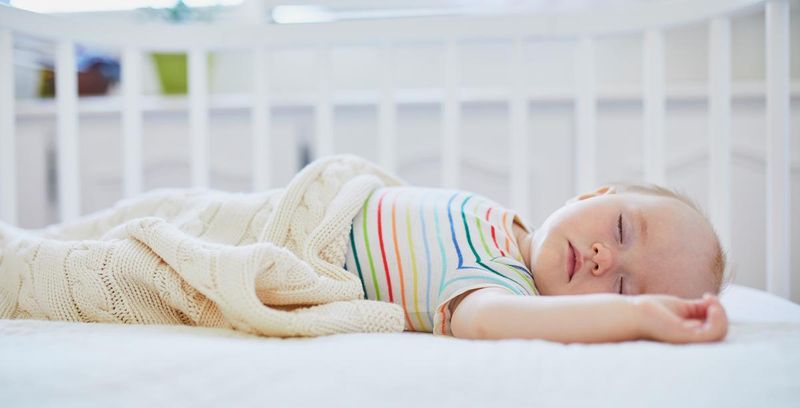If there is one thing newborns are good at, it is sleeping. They can fall asleep in your arms, during a feeding, on a walk, in the car… it seems like they can fall asleep practically anyplace. There is nothing wrong with holding a newborn at naptime, or with an older infant or toddler who determines that their parents’ bed (or a car seat or a stroller) is the best place to sleep.
Children’s cribs provide them with the rest they need for growth and development, so parents devote so much time to choosing them. However, some newborns scream and wail every time they are placed in their crib. They may only be able to sleep quietly in your arms, in the car, or the stroller. A crib is the safest place for your baby to rest, so do not give up on it.
Getting your baby to sleep in a crib:
The first step is to do everything you can to create an ideal sleeping environment for your child. Remember that safety comes first, so put them to bed on their backs, on a firm surface, and without any loose items. For the first six months, if you have the space, keep the crib in your room, preferably for the entire year.
Consider the following factors in addition to a safe sleeping space:
Temperature:
It is crucial to keep the room cool. SIDS is linked to excessive heat. Circulating air with a fan may be beneficial.

Dress:
Consider clothing your child in a sleeper to keep them warm in a cool room. Ensure no loose threads will entangle toes and that the weight of the fabric is appropriate for the room temperature.
Swaddle or sack:
For further warmth or security, a swaddle or sleep sack can be used. Just remember to cease swaddling your baby once he or she can rollover.
Noise:
In the womb, life was never very peaceful. Instead, a steady hum of white noise and garbled sounds could be heard. White noise machines and apps can be used to achieve this.
Lighting:
Keep it dim and unwinding. Consider utilizing power outage shades to assist you with sleep over the day.
Smell:
Your aroma is wonderful and recognizable to your youngster. To give it your fragrance, have a go at laying down with their sheet, sleeper, or wrapping up cover before utilizing it.
Hunger:
Whenever you are hungry, you cannot rest soundly, and infants are now and again eager. Ensure you are taking care of 8 to 12 times each day, each 2 to 3 hours.
Routine for going to bed Routine aids in your child’s understanding of what is going on. Create a sleep-preparation practice that you may follow at any time, not just before night.
FAQs:
What is the most ideal way to train my child to rest in his crib?
You can peruse a short book to them, feed them, and embrace them before making it light-out time for them in their crib, tired yet ready.
How long does it take for a newborn to become comfortable sleeping in his or her crib?
Between the ages of three and six months, most babies move into their cribs.
In a crib, how would you present a blanket?
You can give your child a blanket when coordinated abilities have developed adequately for them to freely move around and pull things on and off. This will occur between the age of one and two.
